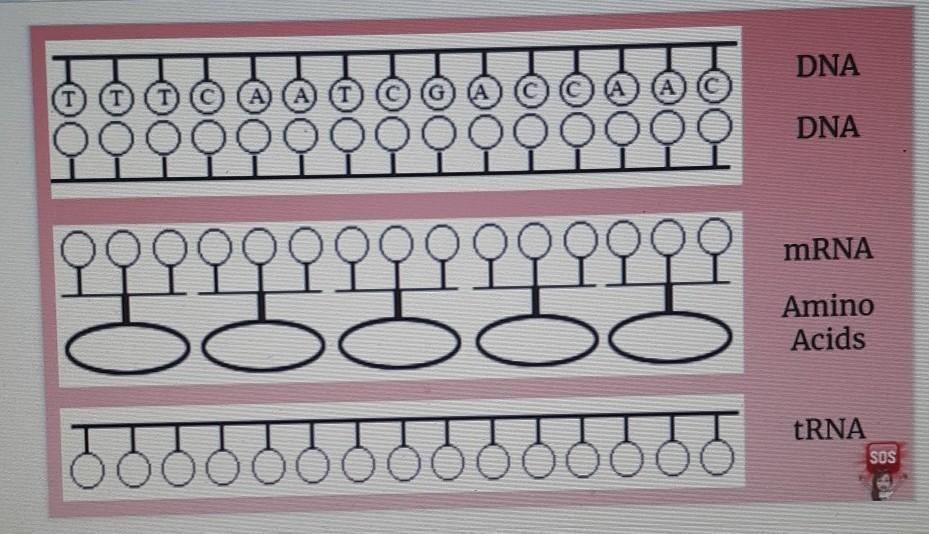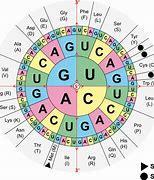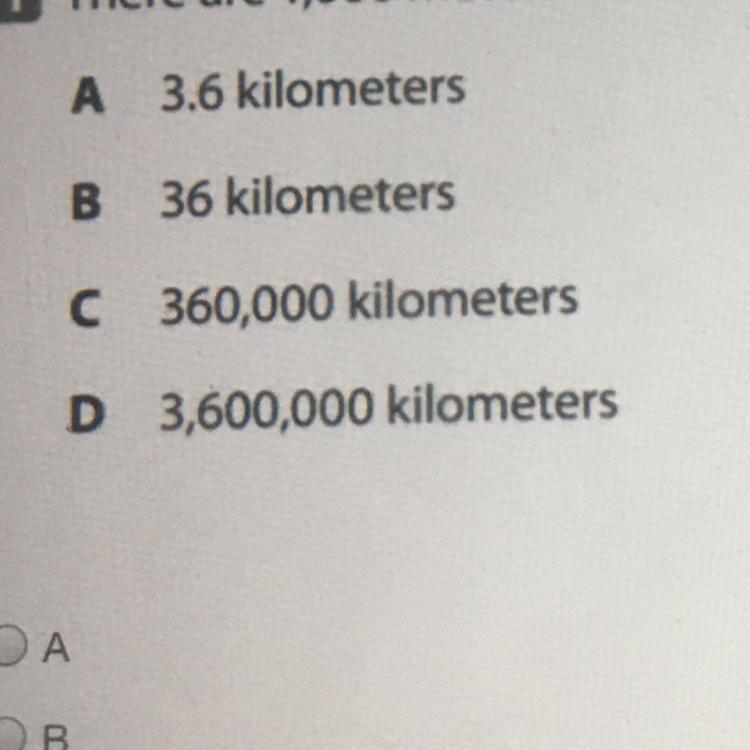If you have a hole diameter of 0.250 with a tolerance of ±0.005, what are the limits of the hole size?
-
Subject:
Engineering -
Author:
chasity -
Created:
1 year ago
Answers 2
Answer:
The limits of the hole size are;
The maximum limit of the hole diameter 0.255
The minimum limit of the hole diameter = 0.245
Explanation:
Tolerance is a standardized form of language that can be used to define the intended 'tightness' or 'clearance' degree between mating parts in a mechanical assembly process and in metal joining processes such as welding and brazing processes
In tolerancing, the size used in the description of a part is known as the nominal size while allowable variation of the nominal size that will still allow the part to function properly is known as the tolerance
A tolerance given in the form ±P is known as bilateral tolerancing, with the value being added to or subtracted from the nominal size to get the maximum and minimum allowable limits of the dimensions of the nominal size
Therefore;
The given nominal dimension of the hole diameter = 0.250
The bilateral tolerance of the dimension, = ±0.005
Therefore;
The maximum limit of the diameter of the hole = 0.250 + 0.005 = 0.255
The minimum limit of the diameter of the hole = 0.250 - 0.005 = 0.245
-
Author:
deziqgdm
-
Rate an answer:
1
AI generated Answer
-
Rate an answer:
0
Do you know an answer? Add it here!
Unable to find an answer to your question?
Don't worry! There are several alternative approaches you can try to resolve your query. Here are some tips to help you find answers in different ways:
- Reframe your question: Sometimes, the way you phrase your question can limit your search results. Try rephrasing it using different keywords or providing more context to get better results.
- Utilize social media: Post your question on social media platforms, particularly those focused on professional or specialized topics. Twitter, LinkedIn, and Facebook groups can connect you with individuals who may have relevant expertise or experiences to share.
- Consult subject matter experts: Reach out to experts in the field related to your question. Many professionals are willing to help and share their knowledge. You can connect with them through email, LinkedIn messages, or by attending relevant conferences or events.
- Use our website to find your question through the search box above, or you can sign up to ask your question for our big educational community. Our experts will review your question, and you will get a quick and quality answer.
- Collaborate with others: If your question is related to a specific project or problem, consider collaborating with others who might have complementary skills or knowledge. Teamwork can lead to innovative solutions and shared insights.
Remember, the process of finding answers often involves persistence, creativity, and an open mind. By exploring various resources, reaching out to others, and being proactive in your search, you increase your chances of finding the information you need. Happy quest for knowledge!



